Gear Forging for Automotive & Industrial | Welleshaft
What is Gear Forging?
Gear forging is a manufacturing process used to create high-strength, durable gears through the application of compressive forces. The process involves heating a metal blank to a high temperature and then shaping it into the desired gear form using dies and hammers or presses. Forging enhances the mechanical properties of gears, making them suitable for heavy-duty applications where high performance and reliability are essential.
How Does the Gear Forging Process Work?
The gear forging process consists of several key steps:
Material Selection: Choosing the appropriate steel or alloy based on the required properties of the final gear.
Heating: The selected metal blank is heated to a specific forging temperature, typically between 950°C and 1250°C, to make it malleable.
Forging: The heated blank is placed in a die and shaped under high pressure from a forging hammer or press. This step ensures the desired gear shape and improves the material’s grain structure.
Trimming: Excess material (flash) formed during forging is trimmed off to achieve the precise gear shape.
Heat Treatment: The forged gear undergoes heat treatment processes such as quenching and tempering to enhance hardness, toughness, and wear resistance.
Machining: Final machining processes like grinding and cutting are performed to achieve exact dimensions and surface finishes.
What are the Advantages of Forging Gears?
Forging gears offer several benefits over other manufacturing methods:
Enhanced Strength: The forging process aligns the metal’s grain structure, resulting in superior strength and durability.
Improved Wear Resistance: Forged gears exhibit better resistance to wear and fatigue, making them ideal for high-stress applications.
Superior Toughness: The forging process enhances the toughness of gears, reducing the risk of cracking under heavy loads.
Dimensional Accuracy: Forging produces gears with excellent dimensional accuracy and minimal material waste.
Consistency and Reliability: The controlled forging process ensures consistent quality and reliable performance.
What are the Key Applications of Forged Gears?
Forged gears are utilized in various demanding applications, including:
Automotive: Transmission gears, differential gears, and drive shafts.
Aerospace: Engine gears, landing gear components, and flight control systems.
Industrial Machinery: Heavy-duty machinery gears, such as those used in mining, construction, and manufacturing equipment.
Marine: Propulsion system gears and auxiliary machinery gears.
Power Generation: Turbine gears and generator gears.
What Materials are Commonly Used in Gear Forging?
The most commonly used materials for gear forging include:
Carbon Steel: Offers a good balance of strength, toughness, and wear resistance.
Alloy Steel: Enhanced mechanical properties through the addition of alloying elements like chromium, nickel, and molybdenum.
Stainless Steel: Provides excellent corrosion resistance along with good strength and toughness.
Tool Steel: High hardness and wear resistance, suitable for precision gears.
How Does Heat Treatment Affect Forged Gears?
Heat treatment is a critical step in the forging process, significantly affecting the properties of forged gears:
Quenching: Rapid cooling from a high temperature to increase hardness and strength.
Tempering: Reheating to a lower temperature to improve toughness and reduce brittleness.
Normalization: Heating to a high temperature followed by air cooling to refine the grain structure and enhance mechanical properties.
Annealing: Slow cooling to soften the material and improve machinability.
What are the Common Defects in Forged Gears and How to Prevent Them?
Common defects in forged gears include:
Surface Cracks: Caused by improper forging temperature or cooling rates. Prevented by strict temperature control and gradual cooling.
Internal Voids: Resulting from incomplete forging or improper material selection. Prevented by thorough material inspection and optimized forging processes.
Warpage: Due to uneven cooling or residual stresses. Prevented by controlled cooling and stress-relief heat treatment.
Scale and Oxidation: Surface defects caused by exposure to oxygen at high temperatures. Prevented by using protective atmospheres or coatings during heating.
How is Quality Control Maintained in Gear Forging?
Quality control in gear forging involves:
Material Testing: Verifying the chemical composition and properties of the raw material.
Process Monitoring: Ensuring proper forging temperatures, pressures, and timings are maintained.
Non-Destructive Testing: Techniques like ultrasonic inspection and magnetic particle testing to detect internal and surface defects.
Dimensional Inspection: Using precision measuring instruments to ensure the gears meet specified dimensions and tolerances.
Mechanical Testing: Conducting hardness, tensile, and impact tests to confirm the desired mechanical properties.
Why Choose Welleshaft for Forged Gears?
Welleshaft is a premier provider of high-quality forged gears, offering several advantages:
Expertise: Decades of experience in gear forging and a deep understanding of material science and engineering.
Advanced Technology: State-of-the-art forging and heat treatment facilities ensure superior product quality.
Customization: Capability to produce custom gears tailored to specific requirements and applications.
Quality Assurance: Rigorous quality control processes and adherence to international standards guarantee reliable performance.
Innovation: Continuous investment in research and development to enhance forging techniques and product properties.
Sustainability: Commitment to environmentally responsible manufacturing practices and efficient use of resources.
In conclusion, forging gears involves a meticulous process of heating, shaping, and treating metal to produce high-strength, durable components. Welleshaft’s expertise in forging gears ensures the highest quality and performance, making them a trusted partner for various industries requiring reliable and efficient gear solutions.

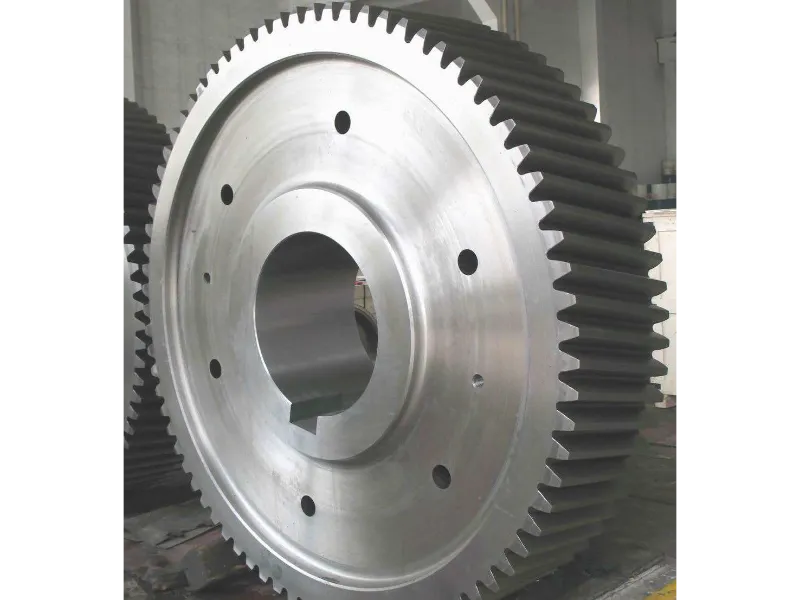
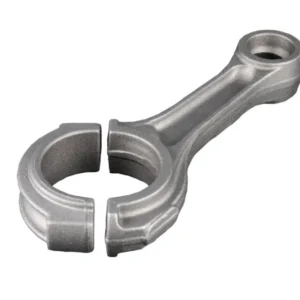
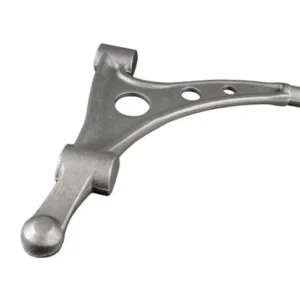
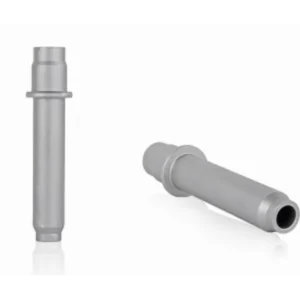
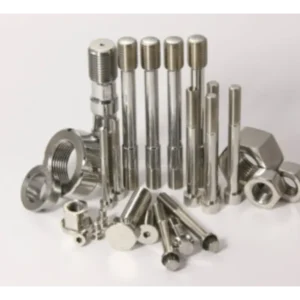
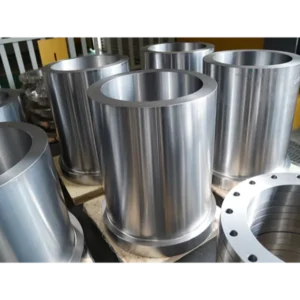

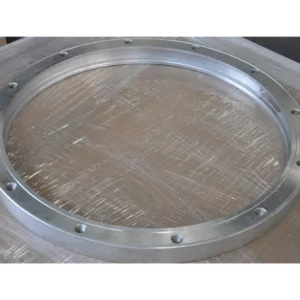
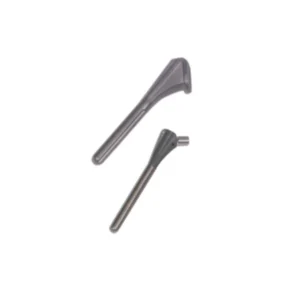
Reviews
There are no reviews yet.